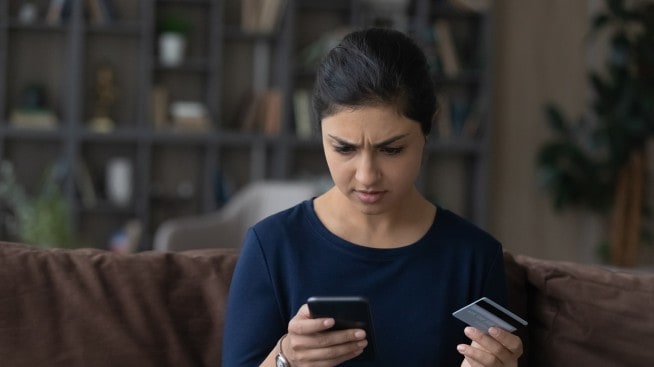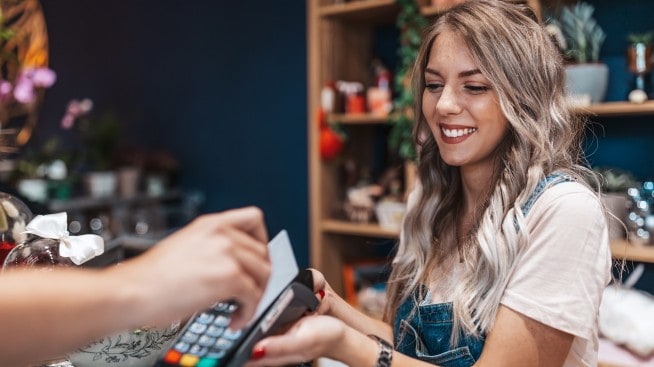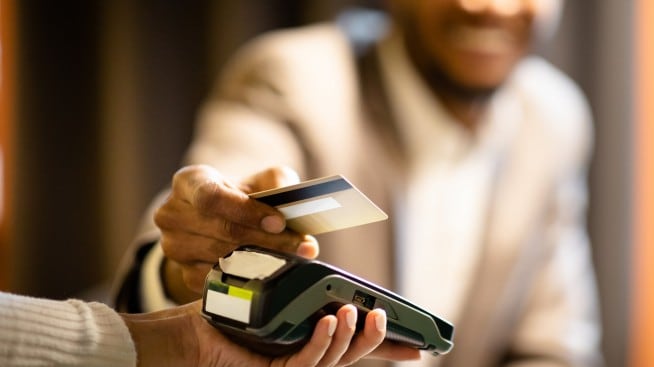What is the CVV number on a credit card?

Quick insights
- The CVV (Card Verification Value) can be found on the back of your credit card.
- This number can help protect against fraud, theft or unauthorized transactions.
- You may need to provide your CVV when you can’t swipe your card during a transaction (for online purchases, for example).
The CVV is a three or four-digit number on your credit card designed to add an extra layer of security to purchases made online or over the phone. Because you're not physically presenting the card, this proves that you have a physical card and can help protect against identity theft.
CVV vs. PIN
CVVs aren't the same as Personal Identification Numbers (PINs). PINs allow you to use your credit or debit card at an ATM. They're also used when making an in-person transaction with your debit card or cash advance with your credit card. Be mindful not to use your PIN when a retailer is asking for your CVV.
CVV numbers can also be known as CSC — or Card Security Code —numbers. There are also CVV2 numbers, which are the same as CVVs. The "2" represents that the CVV number was created using a second-generation process designed to make the number more difficult to guess.
Where is the CVV or security code on a card?
On Visa® and Mastercard® credit cards the CVV is located on the back of your card, next to the signature box.
What is the purpose of a CVV number?
CVV codes can help prevent unauthorized transactions on your credit card. Your credit card number may be stored by certain retailers, but storing the CVV is against credit card compliance standards.
If an identity thief manages to hack their system and get your credit card number, they could be prevented from making purchases online or over the phone without your CVV. Businesses aren't required to ask for the CVV code. There's a possibility that a thief could make a purchase with only your credit card number.
How to protect your CVV and credit card number
Keeping your credit card number and CVV secure is of the utmost importance. While Chase makes every effort to protect your information, there are additional ways you can help protect yourself.
- Use a password manager: There are several free password managers that allow you to create and store strong and unique passwords for each individual website.
- Don't save personal information on retailer websites: This is certainly a convenient option but can be costly if your information is stolen. The best way to protect your information is to take out your card each time you make an online purchase.
- Be sure to only shop on secure websites: Check that the website you're shopping on has an “s" following the http (https://). The “s" stands for secure and means your data will be encrypted.
- Don't click links in potential spam emails: Look out for emails that seem legitimate but prompt you to enter your credit card information after clicking on a link. Only share this information with trusted banks or retailers. Make sure that when you're contacted, it's from an official email address or phone number.
- Keep an eye on your accounts: Check your credit card statement for suspicious activity and check your credit report as needed. If your credit card is lost or stolen, contact Chase immediately by calling the number on the back of your credit card or printed on your statement.



